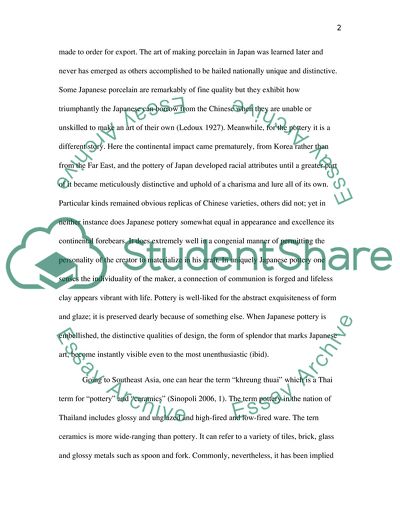Cite this document
(Pacific Asian Art: The Interactions of Dynastic Cultures Case Study, n.d.)
Pacific Asian Art: The Interactions of Dynastic Cultures Case Study. Retrieved from https://studentshare.org/culture/1717736-non-western-art-history-museum-paper
Pacific Asian Art: The Interactions of Dynastic Cultures Case Study. Retrieved from https://studentshare.org/culture/1717736-non-western-art-history-museum-paper
(Pacific Asian Art: The Interactions of Dynastic Cultures Case Study)
Pacific Asian Art: The Interactions of Dynastic Cultures Case Study. https://studentshare.org/culture/1717736-non-western-art-history-museum-paper.
Pacific Asian Art: The Interactions of Dynastic Cultures Case Study. https://studentshare.org/culture/1717736-non-western-art-history-museum-paper.
“Pacific Asian Art: The Interactions of Dynastic Cultures Case Study”. https://studentshare.org/culture/1717736-non-western-art-history-museum-paper.


